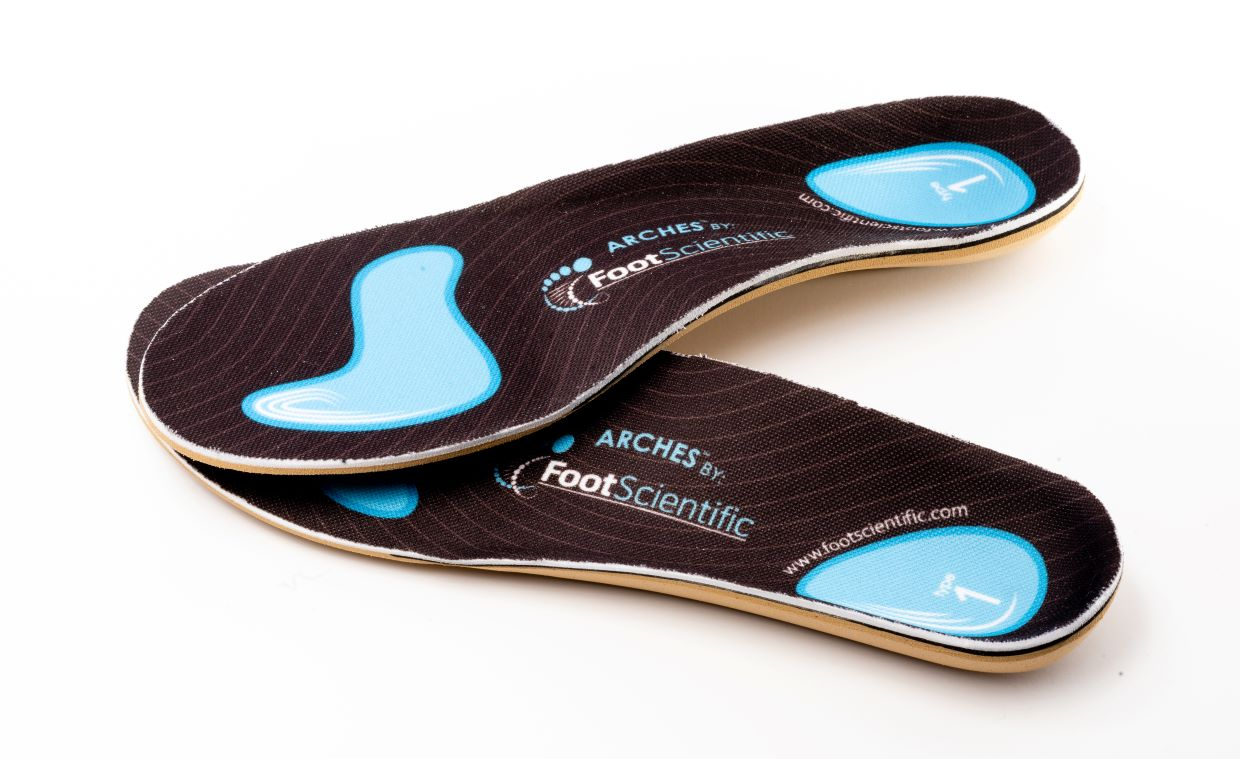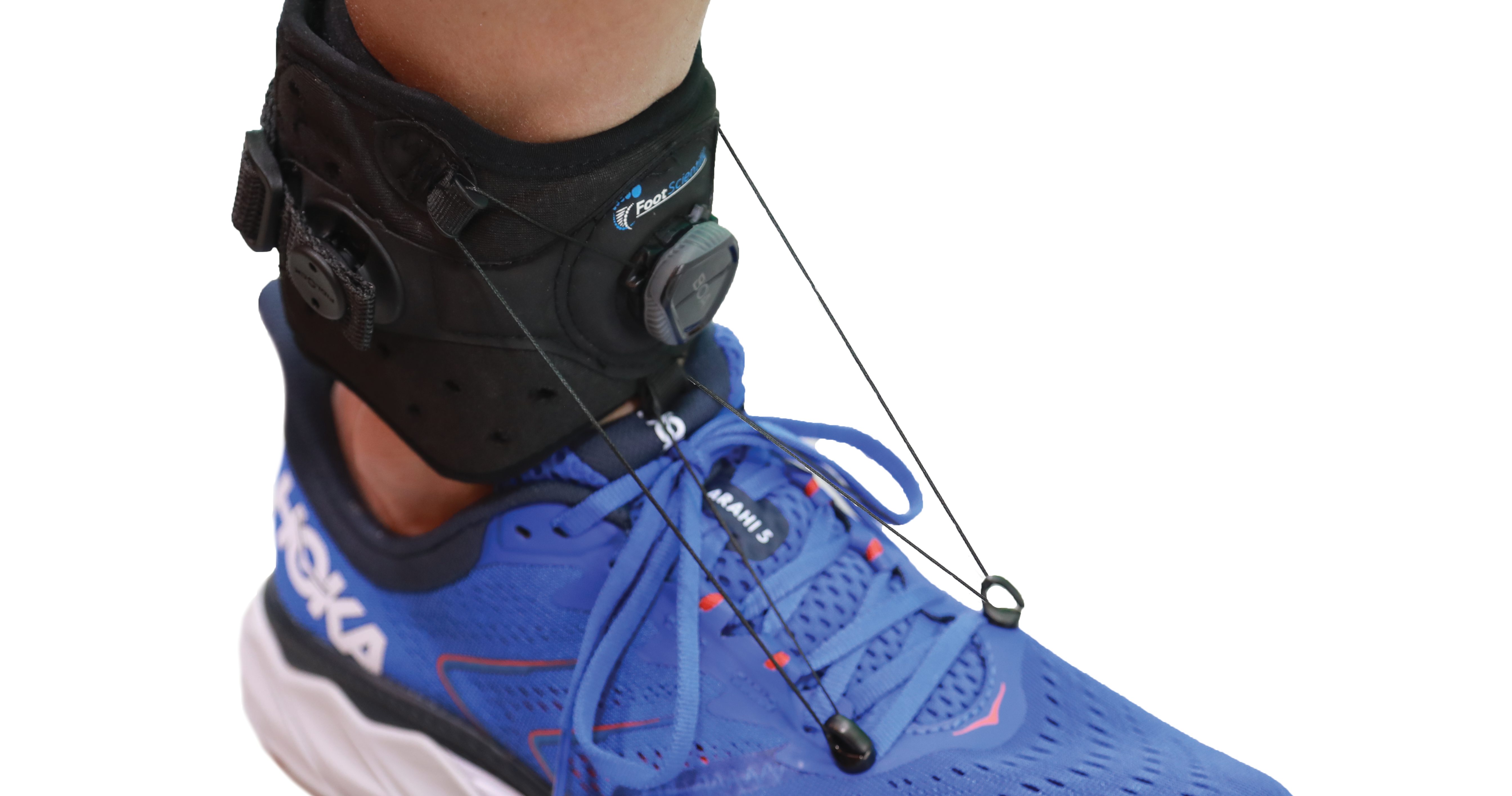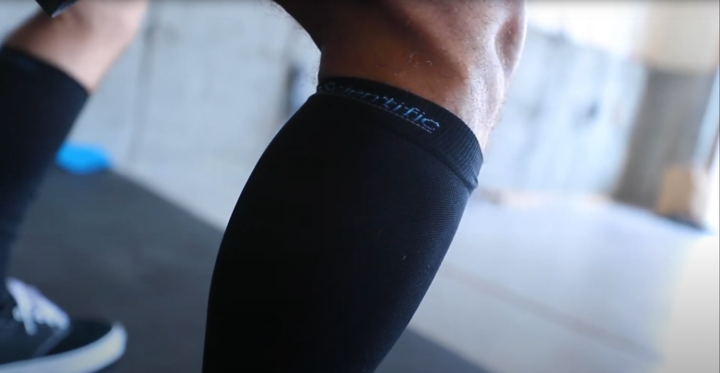Drop Foot
Drop Foot, or sometimes called Foot Drop or Dropped Foot, is a term used to describe a neurological condition that makes it difficult to lift the front part of the foot. The symptoms of Drop Foot are varied due to the many possibilities of its potential causes.
What causes Foot Drop / Drop Foot?
Drop foot is caused by a weakness or paralysis of the muscles below the knee that are involved in lifting the front part of the foot. The causes of this are varied often times due to a combination of neurological, muscular, and anatomical problems.
Specific causes of foot drop / drop foot may include:
Muscle or nerve damage caused by:
- An injury to the muscles that control the ankle or toes,
- Injury to the nerves of the lower spine or leg,
- Nerve damage caused during hip or knee replacement surgery,
- A lower back condition such as a lumbar herniated disc, spinal stenosis, or bone fractures/lacerations.
Muscle or nerve disorders:
- Muscular dystrophy
- Compartment syndrome
Central nervous system disorders:
- Amyotrophic lateral sclerosis
- Multiple sclerosis
- Stroke
How do I know if I have Foot Drop / Drop Foot?
What are the symptoms of Foot Drop / Drop Foot?
Difficulty lifting the front part of your foot is the most prominent symptom of drop foot. Other symptoms include: pain weakness or numbness in your foot, dragging your foot on the floor as you walk, slapping your foot down onto the floor with each step you take, having a limp foot, and an exaggerated swing hip motion.
The most common symptom is a high steppage gait raising the thigh up in an exaggerated motion, as if you are climbing the stairs, while walking.
How is Foot Drop / Drop Foot diagnosed?
There are many different causes of drop foot and it is important for a physician to discover the underlying cause in order to properly treat drop foot. A thorough patient history coupled with a physical examination will be used to determine potential causes. Diagnostic tests such as blood analysis, an MRI (magnetic resonance imaging), or EMG (electromyography) may also be used.
A quick way at home to test for drop foot is to try to walk on your heels without the front of your foot touching the ground. If this is difficult, drop foot may be present.
What can I do from home for Foot Drop / Drop Foot?
What can I do to prevent Foot Drop / Drop Foot?
There is no way to prevent drop foot, as it is an underlying symptom of another condition which can vary.
What treatments can I do from home for Foot Drop / Drop Foot?
- Wear a supportive brace
- Stretches and strengthening exercises
When should I see a doctor for Foot Drop / Drop Foot?
Any patient that shows the symptoms of drop foot should contact their physican as soon as possible to seek appropriate treatment and avoid possible complications.
Treatments that your doctor may recommend for Foot Drop / Drop Foot
Treatments for drop foot vary depending on the underlying cause. Some typical treatments include:
Drop foot braces / splints:
- Often the first type of treatment for drop foot is an Ankle-Foot-Orthosis (AFO). A type of brace used to keep the dropped foot off the ground while walking. An AFO may be used if the patient has functional use of their muscles.
- The primary purpose of the brace is to keep the ankle at 90 degree to prevent the foot from dropping towards the ground making it easier for the patient to walk. This often reduces or eliminates tripping as a result of drop foot.
Physical Therapy:
- In situations where drop foot is more significant, physical therapy may include gait training (strategies that optimize walking ability) essentially teaching the patient how to walk.
- In a less dramatic situation, physical therapy may include exercises to help the affected muscles.
A variety of non-surgical procedures may be used to treat the underlying cause of drop foot. See drop foot products.
If the underlying cause deems it necessary, a surgical procedure may help drop foot. Your physician will offer can offer you more information as to its involvement.




